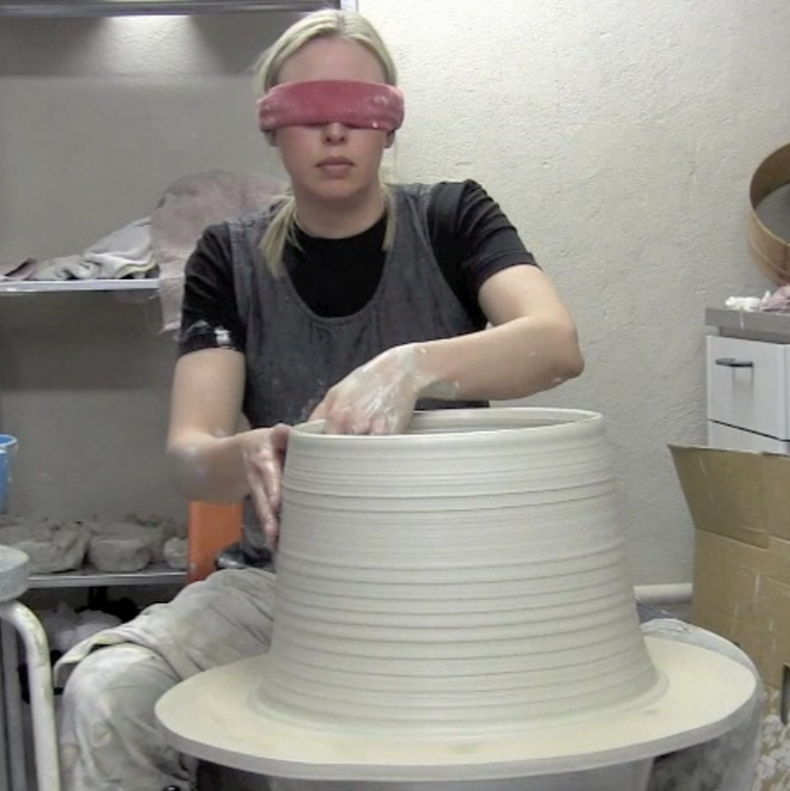Design- and Craft thinking analysed as Embodied Cognition
DOI:
https://doi.org/10.7577/formakademisk.1481Emneord (Nøkkelord):
design thinking, craft, practice, embodied cognition, case studySammendrag
Through the concept of design thinking the act of designing is presented as an intellectual activity, and the act of planning the design is elevated over the making process. However, the importance of materiality and the embodied sense-making that occurs in this context should not be forgotten. In this study, embodied cognition in design and craft practices was investigated through three case studies. The study takes on an enhanced tactile perspective as a methodological platform; thus, the cases involve 1) deafblind makers in ceramics, 2) a practice-led self-study report on tactile experiences while working with clay and 3) a study on design students’ use of their tactile sense during material exploration. The results show that the act of thinking design involves the body as a knowledge provider.

Nedlastinger
Publisert
Hvordan referere
Utgave
Seksjon
Lisens
- Forfatteren(e) beholder sin opphavs- og kopieringsrett til eget manuskript, men gir tidsskriftet varig rett til 1) å fremføre manuskriptet for offentligheten i den opprinnelig publiserte digitale form, og 2) å registreres og siteres som første publisering av manuskriptet.
- Forfatteren må selv forvalte sine økonomiske kopieringsrettigheter overfor eventuell tredjepart.
- Tidsskriftet gir ingen økonomisk eller annen kompensasjon for innsendte bidrag, medmindre det er gjort særskilt avtale om dette med forfatteren(e).
- Tidsskriftet plikter å arkivere manuskriptet (inklusive metadata) i den opprinnelig publiserte digitale form, i minst ett dertil egnet åpent tilgjengelig langtidsarkiv for digitalt materiell, som for eksempel i de norske universitetenes institusjonsarkiv innen rammen av NORA-samarbeidet.
- Lesere av tidsskriftet kan ta utskrift av de fremførte manuskriptene under samme betingelser som gjelder ved kopiering av fysiske eksemplar. Dette innebærer at masseframstilling av fysiske eksemplar, eller framstilling av eksemplar for kommersielle formål, ikke er tillatt uten etter avtale med forfatteren(e).



